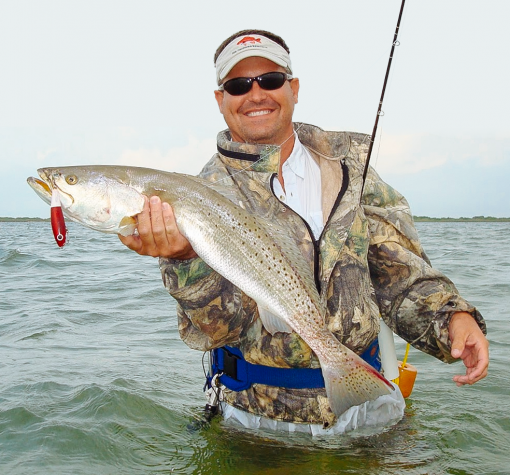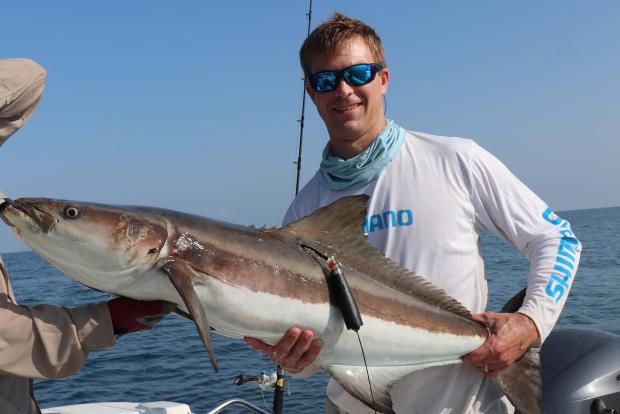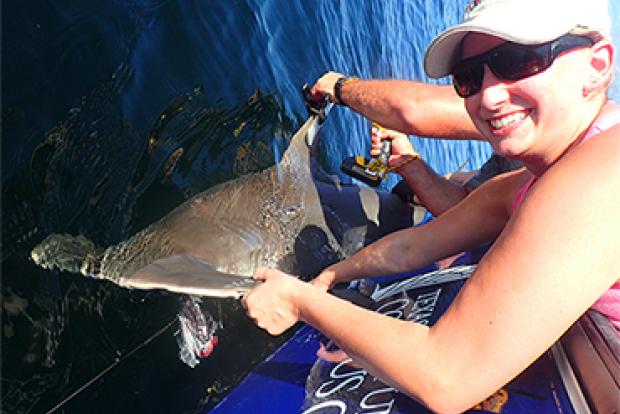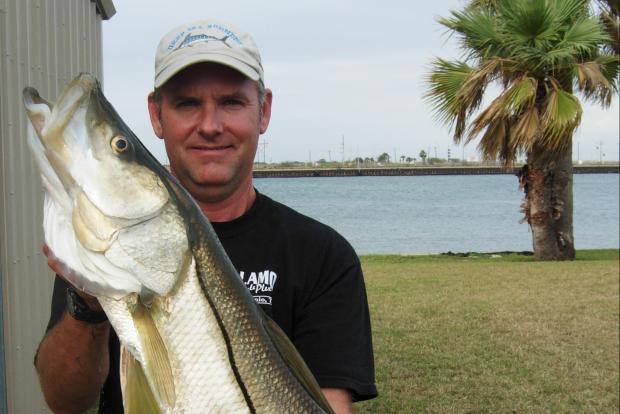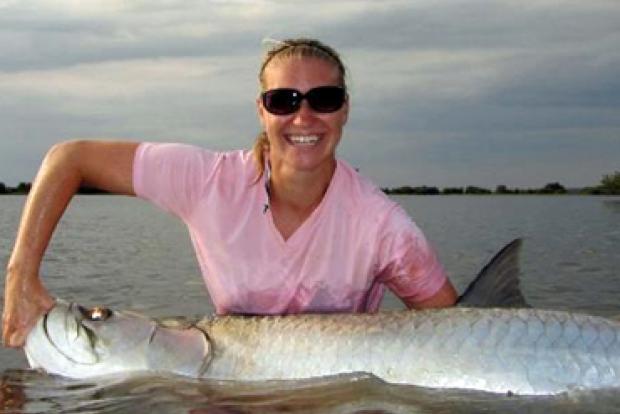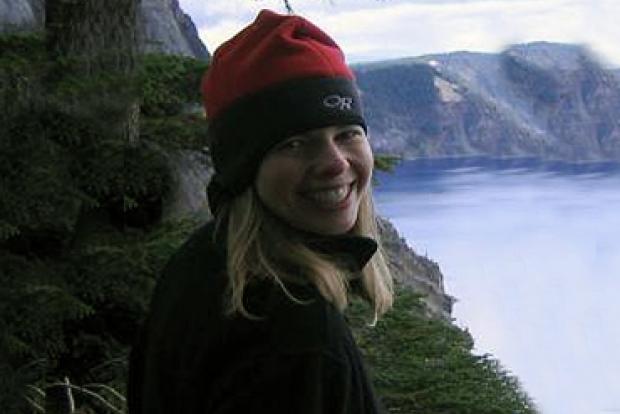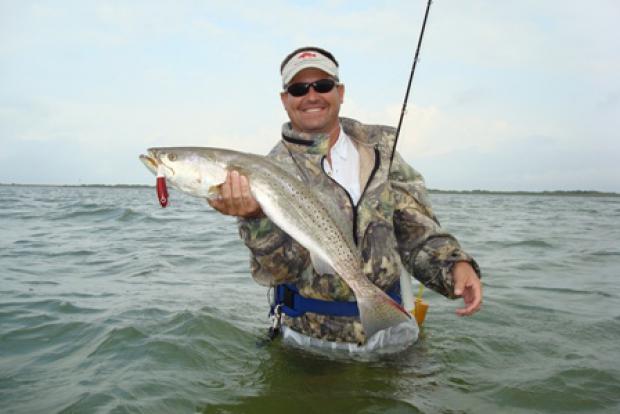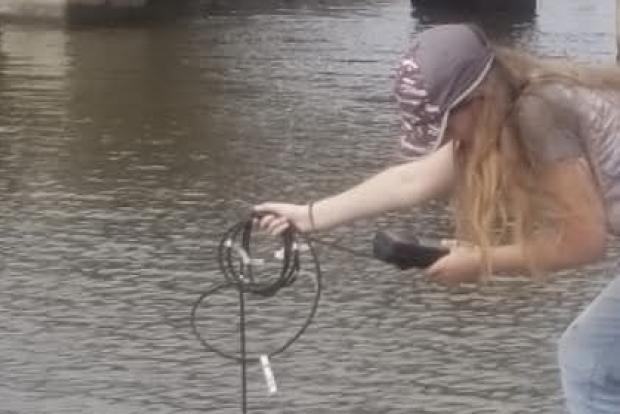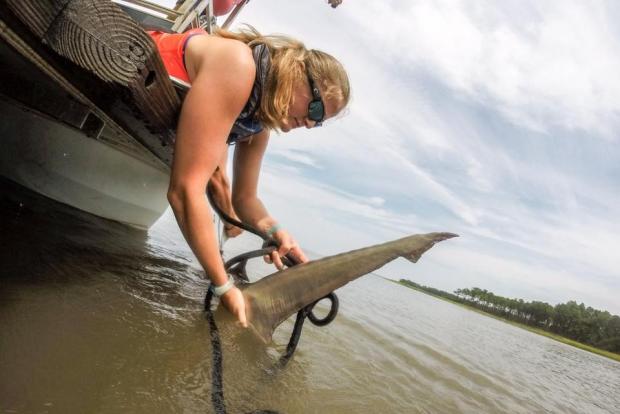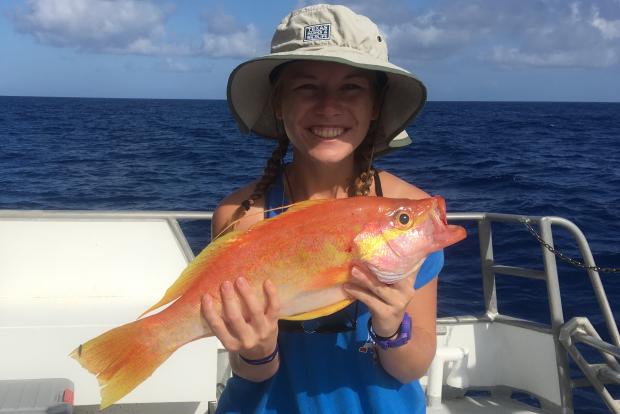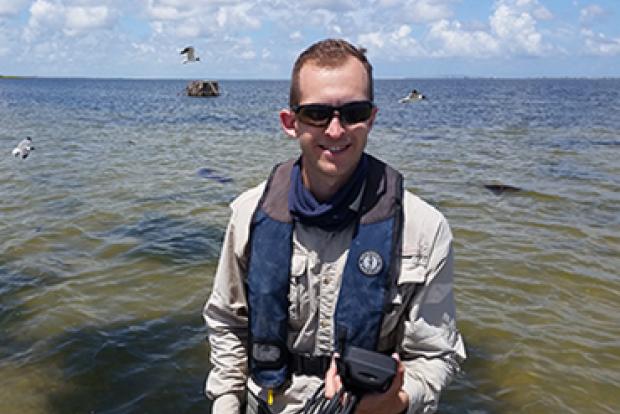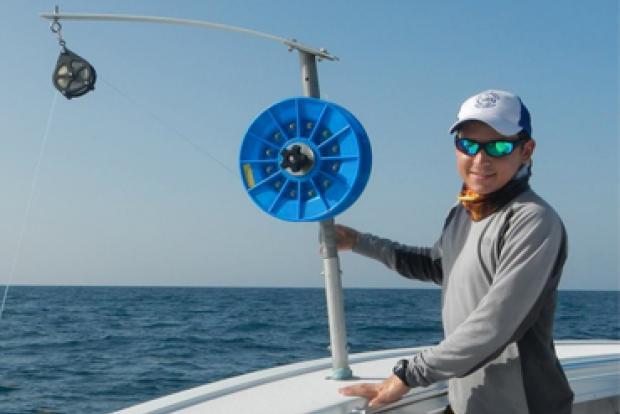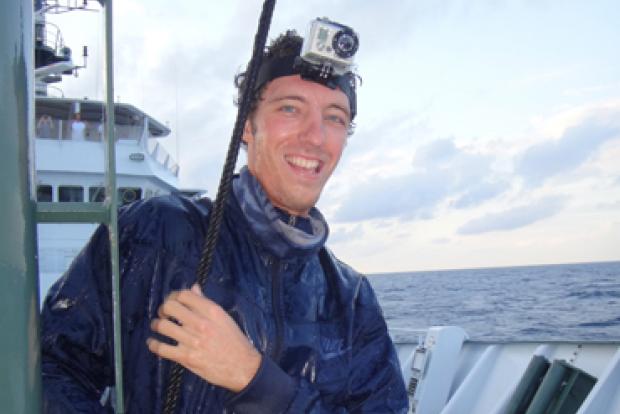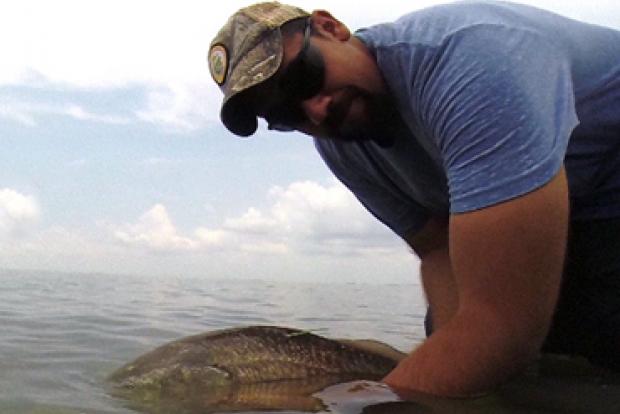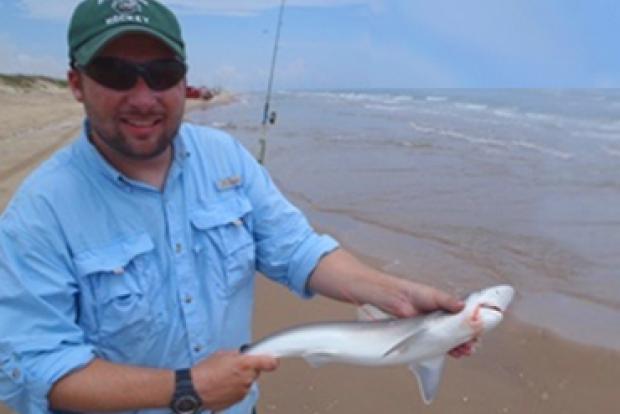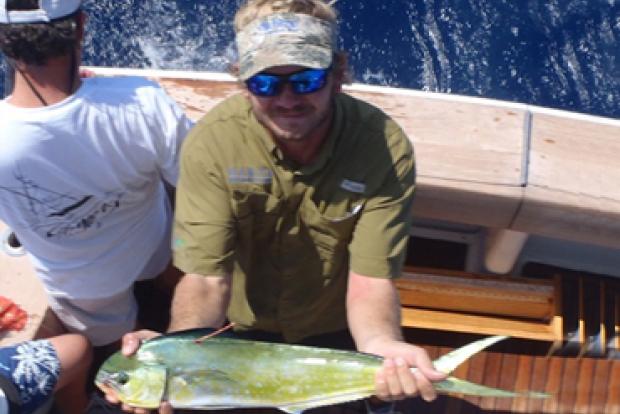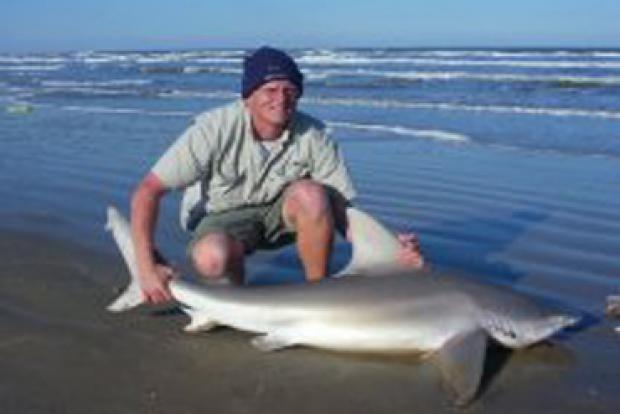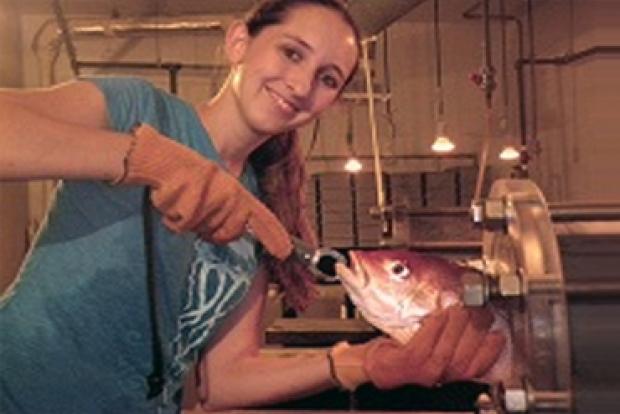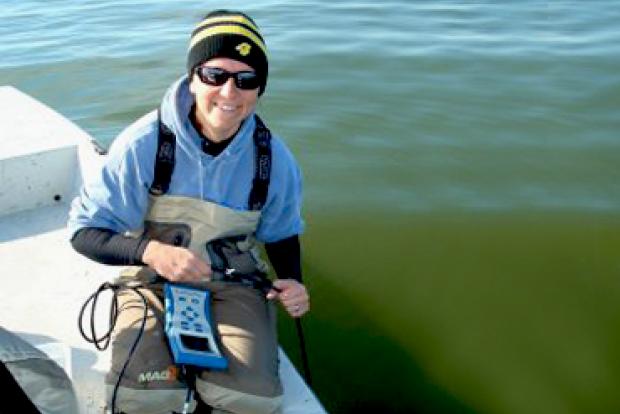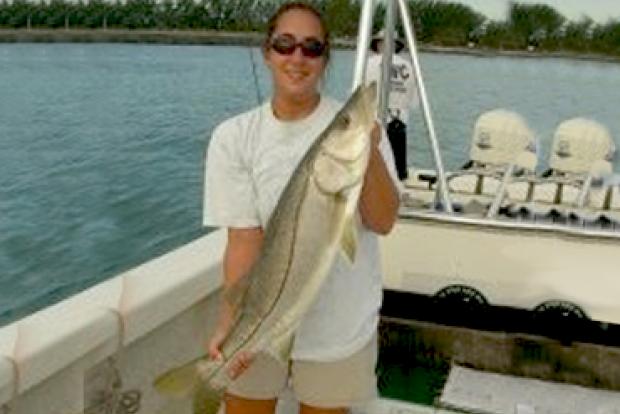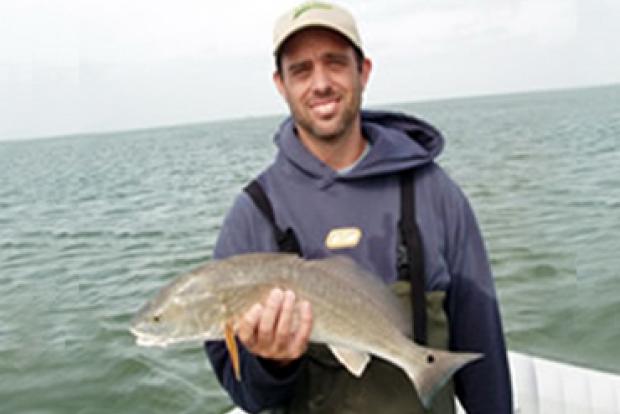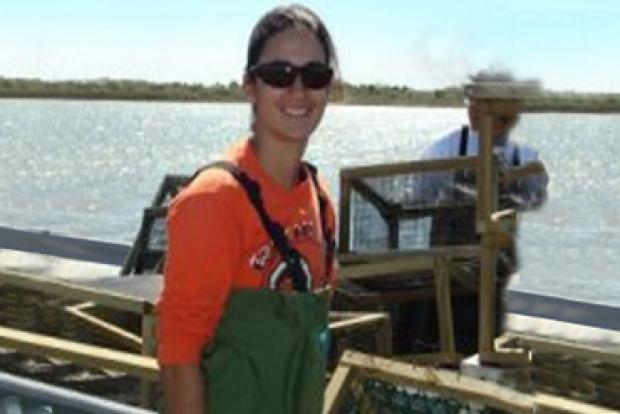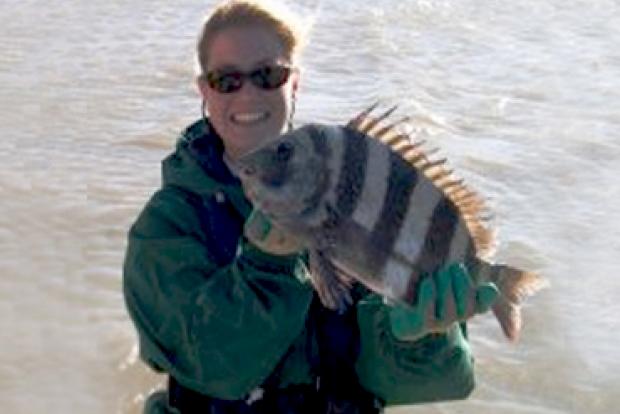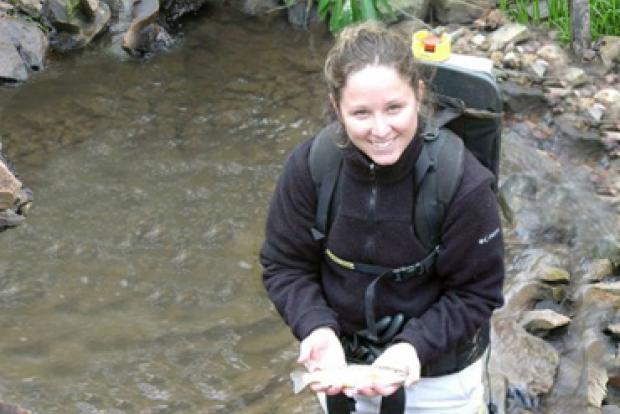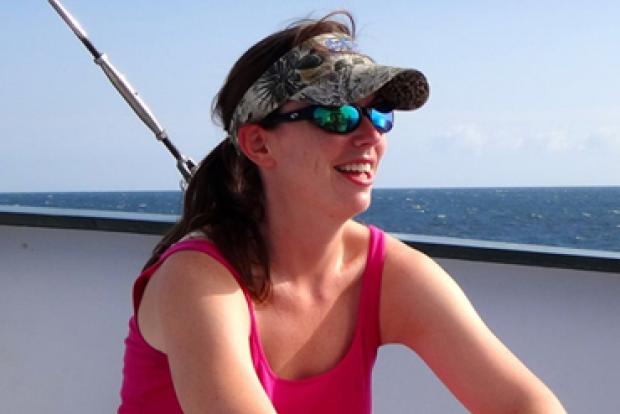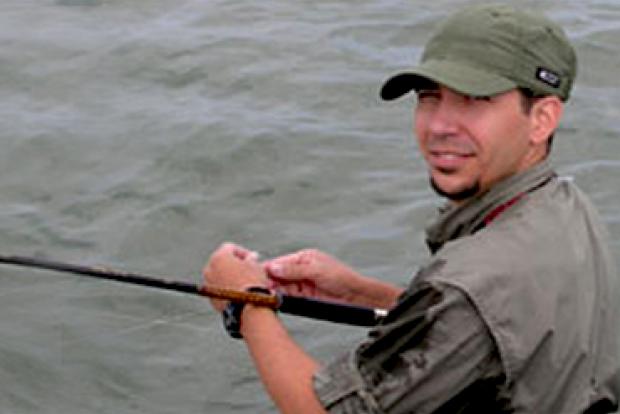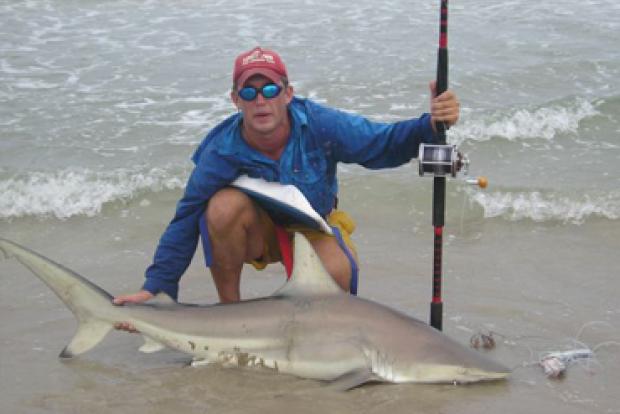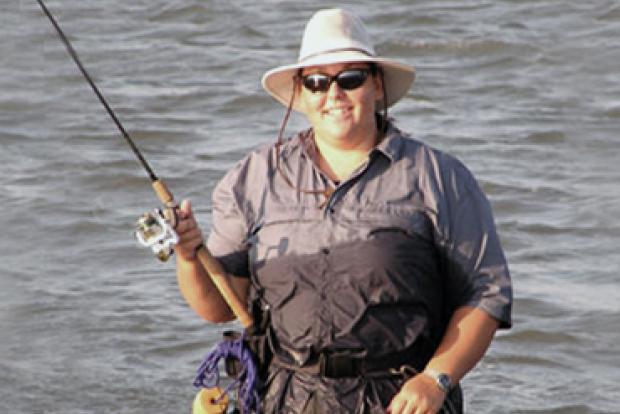Thesis Title: Recruitment, Spatial Distribution, and Fine-Scale Movement Patterns of Estuarine Dependent Species Through Tidal Inlets in Texas
Abstract: Information on geographical recruitment patterns of estuarine-dependent fish is critical to understanding their ecology. Red drum (Sciaenops ocellatus), southern flounder (Paralichthys lethostigma), blue crab (Callinectes sapidus), and penaeid shrimp (Farfantepenaeus aztecus, F. duorarum, Litopenaeus setiferus) use estuaries as nurseries; therefore, they make ideal model species for this study.
Estuaries are considered nurseries in that they provide plentiful food supplies for growth and structured habitat types for protection from predators. While generalities concerning estuarine recruitment dynamics are somewhat understood, spatial recruitment patterns from an inlet are unknown.
The purpose of this research is to characterize how far red drum, southern flounder, blue crabs, and penaeid shrimp disperse from an inlet before settling into a nursery habitat (e.g., seagrass meadows) and to examine the effects of a new inlet on recruitment. Packery Channel is a natural tidal inlet that connects Corpus Christi Bay to the Gulf of Mexico and was closed since the 1930’s until recently opened.
This is a unique opportunity to study recruitment patterns in an area that was previously inaccessible to newly settling fishes and crustaceans. On a smaller scale, I also assessed the effect of artificial habitat and corridors within tidal inlets on red drum recruitment dynamics as well as fine-scale movement patterns of newly settled wild and hatcheryreared red drum using mark and recapture techniques.
To examine the effect of distance and the effect of opening Packery Channel on the recruitment of juvenile fishes and decapod crustaceans, I evaluated densities of juvenile red drum, southern flounder, blue crabs, and penaeid shrimp in seagrass beds of Halodule wrightii at varying distances from Aransas Pass and Packery Channel pre- and post-opening. I found that densities of these species were repeatedly higher at sites closest to the inlet, suggesting that high levels of recruitment occur at the first extensive seagrass meadows new recruits encounter.
Prior to the opening of Packery Channel, newly settled individuals typically did not occur in areas near Packery Channel. However, after the opening of Packery Channel, densities of small individuals of all species were high in these areas suggesting they are recruiting through the new inlet. Once fully opened, the Packery Channel could have a great impact on the densities of recruiting nekton in the upper Laguna Madre. I also examined the role that settlement habitat within an inlet plays on recruitment to seagrass beds within the bay.
My results suggest that seagrass beds within the tidal inlet do not affect the densities of red drum within a bay and that these fish are not using the habitat in the channel as corridors. I also evaluated the use of visible implant elastomer (VIE) for mark and recapture studies on juvenile red drum and performed a preliminary study on the finescale movement patterns of red drum within a seagrass bed. I found that VIE is an effective method for marking small red drum, and they may have a much larger dispersal potential than previously suspected.
Overall, seagrass beds nearest to the inlet appear to be the most important for settling juvenile fish and crustaceans, and the opening of Packery Channel has allowed access to habitats in upper Laguna Madre that were previously inaccessible to newly settling juveniles, possibly enhancing fisheries productivity in that area.
